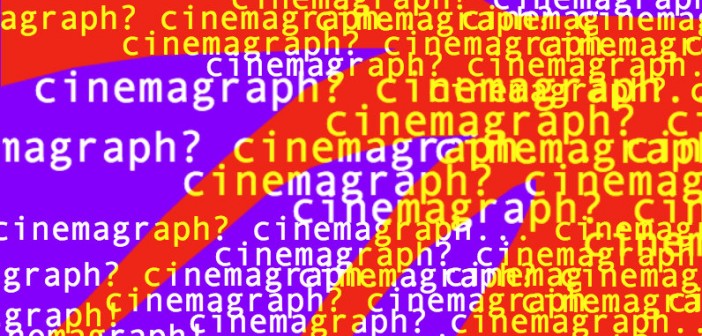Cinemagraphs are magical images that create a bridge between photographs and video art. In cinemagraphs, stillness of a captured moment is combined with lively moving details. These extraordinary images function only in the digital space, but their unique charm makes them an extraordinary response to the needs of both art and advertising. Cinemagraphs are a great alternative to traditional images making visual projects much more interesting. SAE students can easily create cinemagraphs and enjoy experimenting with digital images on a different, more engaging level.
Text and illustration by Joanna Wróblewska
Cinemagraph examples published thanks to Flixel.com
In early 2011, a pair of New York artists started a new era in photography: Kevin Burg and Jamie Beck coined the term cinemagraph, which describes a still image where minor movement occurs in a loop forming a sort of a video clip. This has opened new opportunities for photographers and other creatives around the world! Nowadays, cinemagraphs are popular both in the world of advertising and visual arts. Many people follow the cinemagraph trend, so maybe you could learn about it too?
This is magic!
Mostly, cinemagraphs are GIFs, but there are also other video file formats that can be used to create such images. Some people say that cinemagraphs are a bit like magical newspaper images taken straight from Harry Potter movies. They drag attention and make storytelling easier. Focus is always on the moving element, which becomes a focal point of the picture. Cinemagraphs are realistic, thought-provoking and extremely attractive. They enrich pictures with the real-life touch, which makes them truly fascinating. In cinemagraphs, movement is short and repeated in a loop. Repetition makes the video clip fluent and strong. It is almost hypnotising to stare at a cinemagraph.
Art or advertising?
Marshall McLuhan said that the medium is the message. By choosing cinemagraphs you can really tell a story and make a big impact. Of course, a cinemagraph cannot be used for all sorts of projects. Sometimes a video or a traditional photograph will be a better match. Nevertheless, cinemagraphs can become wonderful illustrations of online advertising campaigns. Companies like Toyota, Stuart Weitzman and Coca-Cola already appreciated the power of cinemagraphs and started to use them for advertising purposes. Heineken began using cinemagraphs in the early 2015. They were published and promoted through Facebook and Instagram. It seems that cinemagraphs work extremely well in social media, which should not be that surprising.
Moving images have a great artistic value even when published commercially. Many creative directors quickly understood that the magical power of cinemagraphs makes them very eye-catchy. They are small, etheric digital art pieces of great quality. No pixels visible, extreme realism and technical perfection make them truly unique. In this world, we have seen almost everything and it is not easy to find out innovative ways of working with pictures. This is why cinemagraphs look like a perfect alternative to traditional still images.
Do it your way
What is even more interesting, you do not have to be a professional to create cinemagraphs! Sometimes it can take a pretty long time to accomplish one, but it is worth trying. There are a couple of alternatives for cinemagraph enthusiast. You can use Flixel Cinemagraph Apps that offer you an easy ways of creating and sharing moving images. If this is not enough, there are many Adobe Photoshop tutorials that will teach you how to make a cinemagraph.
Experimenting with cinemagraphs takes a bit of time, but knowing these five basic tips will definitely make your life easier:
- Always use a tripod or stabilize your camera in a way available to you right now. Shooting from hand will not work!
- Frame your cinemagraph as you would frame a photograph – pay attention to composition principles, make the image nice and clean.
- Cinemagraphs are all about illusion and the loop should be really smooth. Take some time to figure out the right video sequence.
- Pick an interesting moving element, which will truly make your image different.
- Give a meaning to your cinemagraph by combining good image composition, engaging movement and interesting colour.
Remember, that telling an engaging story is what should be achieved in any type of still of moving image. A high-quality cinemagraph will drag attention and make an impact. Having said all that, I would like to invite you to experiment with moving images and taking some time to understand them better. There is nothing more exciting than learning new skills and making a difference. Let the magic of cinemagraphs spoil your minds!
Read also a short interview with Kevin Burg to learn more about cinemagraphs!

